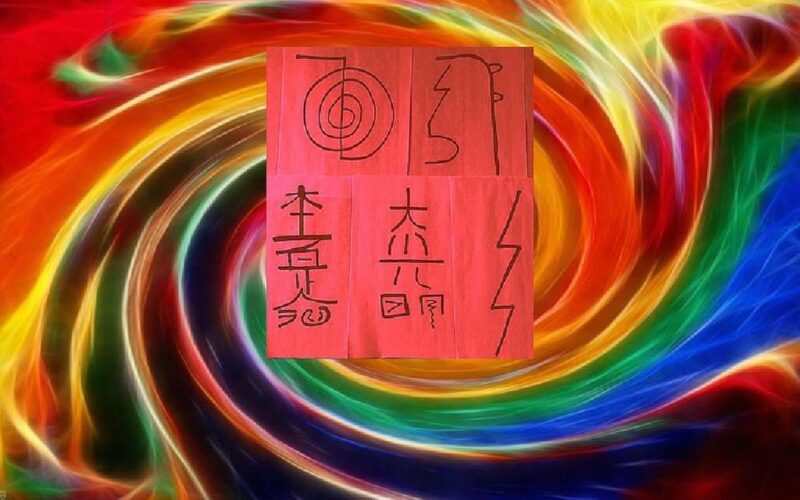The symbol of Reiki is used in the practice of Usui Reiki, a form of alternative healing developed nearly 100 years ago in Japan by a Buddhist monk named Mikao Usui. The word Reiki comes from two Japanese words: Rei and ki. Rei means “higher power” or “spiritual power”. Ki means “energy.” Putting together, Reiki can be loosely translated as “the energy of spiritual strength.”
Reiki healers practice attunement (sometimes called initiation), moving their hands over the body along the lines of five traditional symbols. These gestures manipulate the flow of universal energy called ki (or qi ) through the body and promote physical or mental healing.
A typical Reiki session lasts 60 to 90 minutes, and patients are treated either lying on a massage table or sitting. Unlike massage, patients can remain fully clothed during Reiki sessions, and direct physical contact is rare. Practitioners typically begin working either on the client’s head or legs, moving slowly along the body as they manipulate the client’s ki.
The symbols of Reiki do not hold special powers of their own. They are designed as teaching tools for Reiki students. It is the intent of the practitioner’s focus that energizes these symbols. The following five Reiki symbols are considered the most sacred. Each name can be referred to by its Japanese name or intention, a symbolic name that represents its purpose in this practice.
1. Cho Ku Rei – The Symbol of Power
The Cho Ku Rei power symbol is used to increase or decrease power (depending on the direction in which it is pulled). Its intention is a light switch, which represents its ability to illuminate or illuminate spiritually. Its identification symbol is the coil, which Reiki practitioners believe is the regulator of qi, expanding and contracting as energy flows throughout the body. Power comes in a different form to Cho Ku Rei. It can be used as a catalyst for healing, cleansing, or physical cleansing. It can also be used to focus one’s attention.
2. Sei Hei Ki – The Symbol of Harmony
The Sei Hei Ki symbolizes harmony. Its intention is cleansing and it is used for mental and emotional healing. The symbol resembles a wave washing on a beach or the wings of a bird in flight, and it is drawn with a sweeping signal. Practitioners often use this intention during the treatment of addiction or depression to restore spiritual balance. It can also be used to help people recover from past physical or emotional trauma or to unlock creative energy.
3. Hon Sha Ze Sho Nen – The Distance Symbol
The Hon Sha Ze Sho Nen symbol is used when transmitting qi over long distances. Its intention is divine and is sometimes called a pagoda for the tower-like appearance of the characters when written. In treatment, the intention is used to bring people together in space and time. Hon Sha Ze Sho Nen can also transform himself into a key that will unlock the Akashic record, which some practitioners believe to be the source of human consciousness. This is an essential tool for Reiki practitioners who work on internal or past issues with clients.
4. Dai Ko Myo – The Parent Symbol
The Parent Symbol or Dai Ko Myo symbol is only used by Reiki masters while initiating attunements. It is a symbol that heals healers by combining the power of harmony, power, and the symbol of distance. It is the most complex symbol to draw hands during a Reiki session.
5. Raku – The Settlement Symbol
The Raku symbol is used during the final stages of the Reiki adjustment process. His intentions are basic. Practitioners using this symbol as a Reiki treatment are pulling, settling the body, and sealing the qi that is awakened within. The attractive lightning bolt symbol made by hand is pulled in a downward signal, symbolizing the completion of the healing session.
